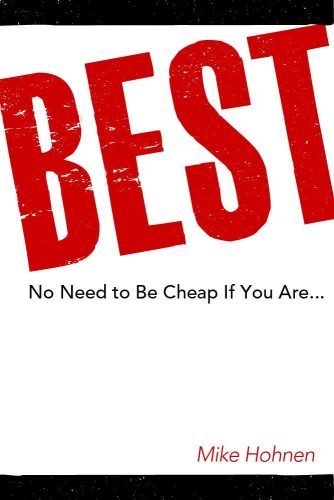
We all learn from the feedback that we receive. That is probably no surprise. Your golf stroke is hard to improve if you are blind-folded, you need to see where the ball lands in order to correct your aim. That is one aspect of feedback.
To get really good, we need more than our own observations in order to improve. We need feedback from others who are also observing what is going on. Maybe even someone who encourages us to believe that we can do better than we thought possible ourselves.
So imagine the following scenario.
We take three people. Stand them in a line next to each other and in front of each of them place a bucket at about 5 meters distance. Once they have seen the bucket, we blindfold them and hand them another bucket with 10 tennis ball in it. Their job is to throw the tennis balls and get as many of them as possible into the bucket.
Each person is assigned a manager. And each manager has been instructed to behave (manage) slightly different.
On team A, the manager makes no comments as each ball is thrown but will just count how many balls are in when the session is over and will give the team member a performance review based on that. In this case, the only feedback the team member gets is the sound of the tennis ball hitting or not hitting the bucket.
On Team B, the manager has been instructed to comment on each throw and if it is not in the bucket then point out what the problem is. “Too far, too short, again! way to the side etc.” If the ball is in, the comment is just: “It’s in.”
On Team C, the manager has been instructed to give more detailed feedback on each ball combined with encouragement. “That was just 10 cm too far left but otherwise great shot, try again. Take a breath and focus etc.”
You can try this experiment for yourself. I often do it with larger groups of managers. But you probably do not need to perform the experiment to guess who of the three consistently gets most tennis balls in the bucket at the end of the day.
It’s pretty elementary my dear Watson, as Sherlock would say, but despite that, if you ask employees or middle managers, they are going to tell you that type A or B managers are much more common in their life than type C managers are. From a performance point of view, that is problematic. If we don’t have a positive constructive feedback culture, we will be underperforming, it’s that simple.
So the big question you need to ask yourself is what kind of manager are you?
Take it a step further. Imagine we added a four team, Team D. And here the instruction to the manager is. No matter what happens, just praise and be positive. But no detailed feedback. So this would sound like “Yes! Well done. Wonderfull. Wow!” and so on…
Now I am not suggesting that many managers are giving this kind of useless feedback to their people. No, the problem here is that this is the kind of feedback many managers RECIEVE from their team members. If team members do not feel 100% confident that it is safe to give Type C constructive feedback to their boss then they either say nothing or use some variants of the D style.
How effective is that going to make you? How are you going to know much about how well you are performing as their manager?
So as Ed Catmull writes in his lovely book Creative Inc, “In the beginning, all our movies suck but because we have a culture of candour, we can improve them and make them fantastic.”

You have been reading the fifth blog post in a series where Mike is exploring: Why is it important to develop not just yourself but also the people around you?
Building capacity is at the heart of the Service Profit Chain. If you are not familiar with the intricacies of the Service Profit chain, we have a special treat for you:
For this month only, you can download Mike’s book Best! No need to be cheap if … for FREE using this coupon JLXW8P9QSE. It is only available for the first 50 people so first come first serve.







